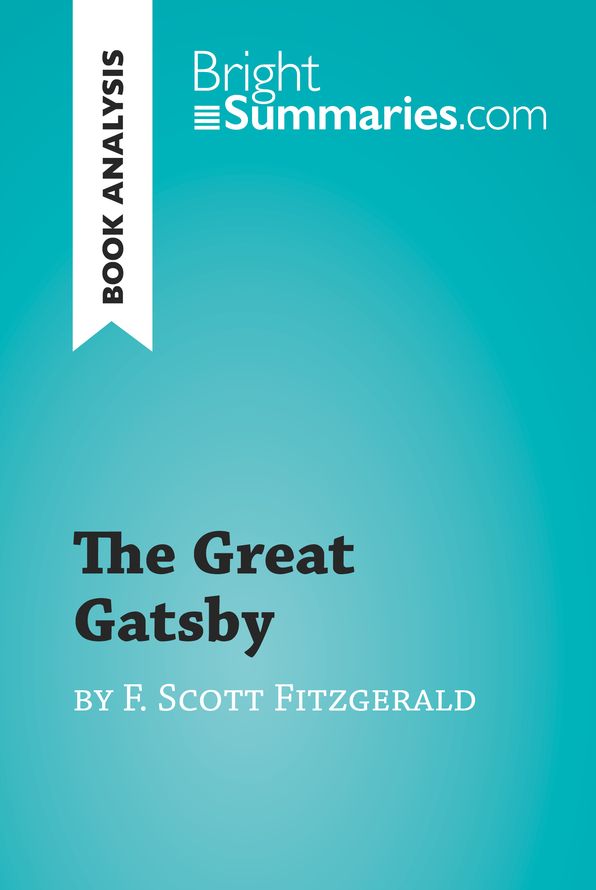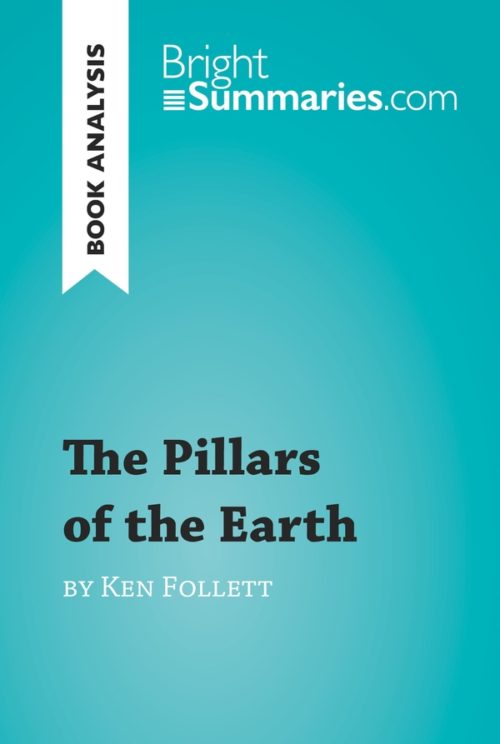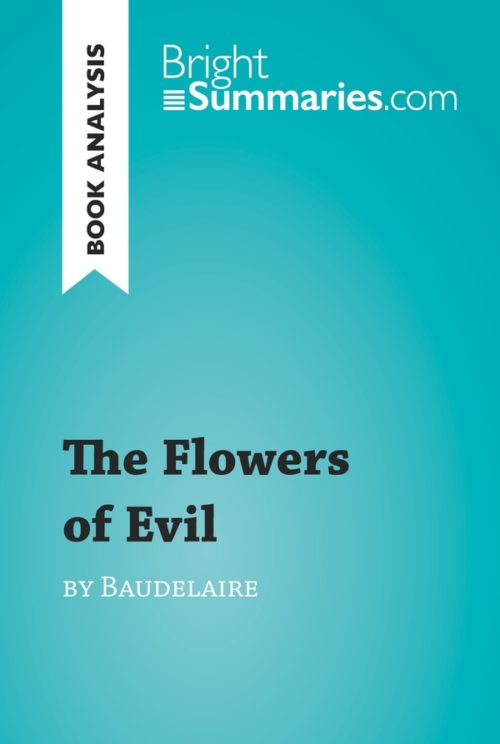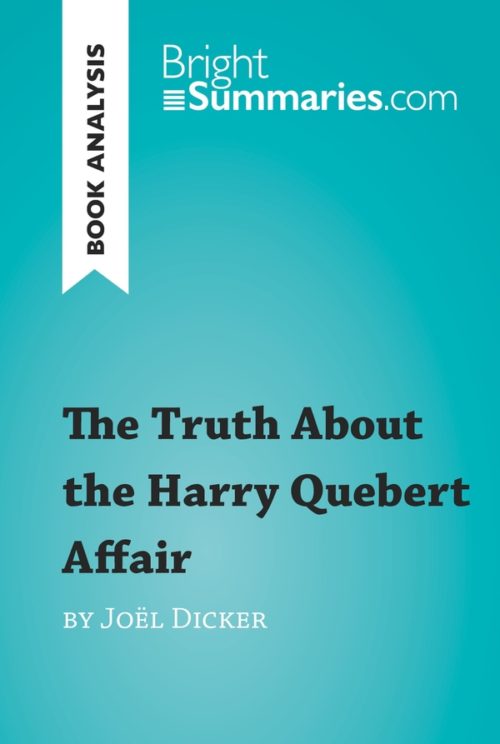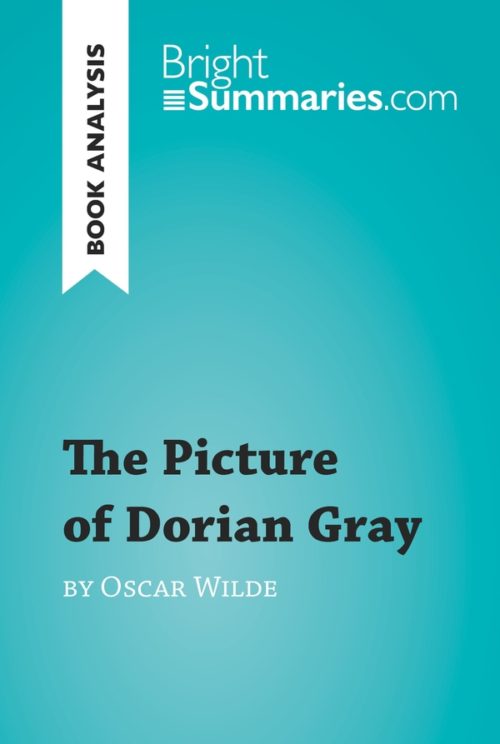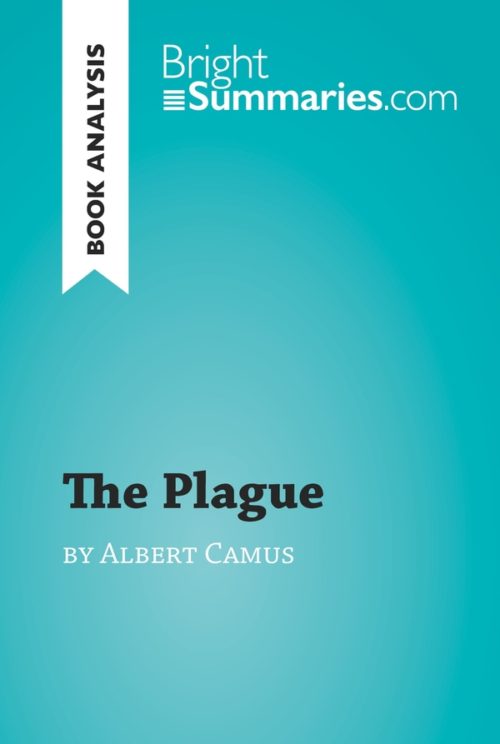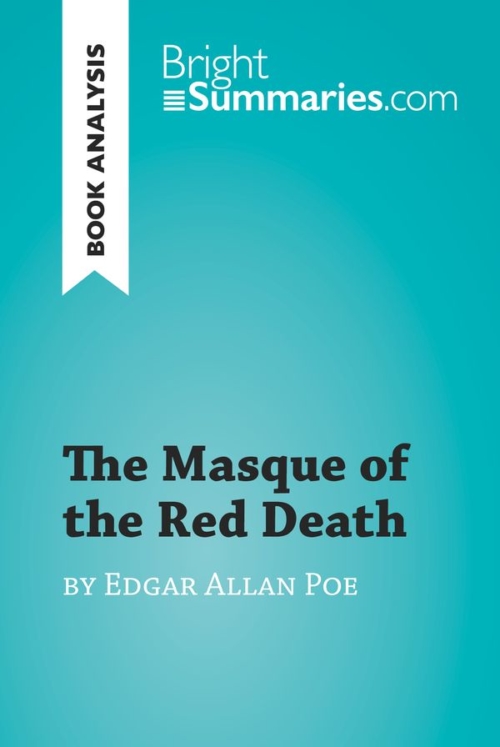The Great Gatsby by F. Scott Fitzgerald (Book Analysis)
The Great Gatsby by F. Scott Fitzgerald (Book Analysis)
Detailed Summary, Analysis and Reading Guide
Read more
This practical and insightful reading guide offers a complete summary and analysis of The Great Gatsby by F. Scott Fitzgerald. It provides a thorough exploration of the novel’s plot, characters and main themes, including the American dream, symbolism and obsessive love. The clear and concise style makes for easy understanding, providing the perfect opportunity to improve your literary knowledge in no time.
This clear and detailed 54-page reading guide is structured as follows:
- Biography of F. Scott Fitzgerald
- Presentation of The Great Gatsby
- Summary of The Great Gatsby
- Character study
- Nick Carraway
- Jay Gatsby
- Daisy Buchanan (née Fay)
- Tom Buchanan
- Jordan Baker
- Myrtle Wilson
- George Wilson
- Meyer Wolfsheim
- Analysis of The Great Gatsby
- Form
- Themes
About The Great Gatsby
The Great Gatsby is F. Scott Fitzgerald’s third novel, and is generally considered his masterpiece. It explores the collapse of the American Dream through the character of Jay Gatsby, whose immense fortune and hazy origins are the talk of 1920s New York. However, Gatsby is doomed by his obsession with the beautiful socialite Daisy Buchanan and the class boundaries that separate them, and his self-made fortune and lavish lifestyle ultimately dissipate into nothing. The Great Gatsby is a classic American novel, and perfectly captures the spirit of an era when it seemed like any dream could be made a reality.
About F. Scott Fitzgerald
F. Scott Fitzgerald was one of the most influential American authors of the 20th century, and was part of the “Lost Generation”, a group of writers who rose to prominence in the wake of the First World War and also notably included Ernest Hemingway. Fitzgerald only published a handful of novels and achieved limited success during his lifetime, but his work is now considered to be an exemplary illustration of life in North America during the Jazz Age.
Product details
| ISBN | 9782808001960 |
|---|---|
| Publisher | Plurilingua Publishing |
| Collection | Brightsummaries.com |
| Format | |
| Pages | 54 |
| File size | 2.2 MB |

